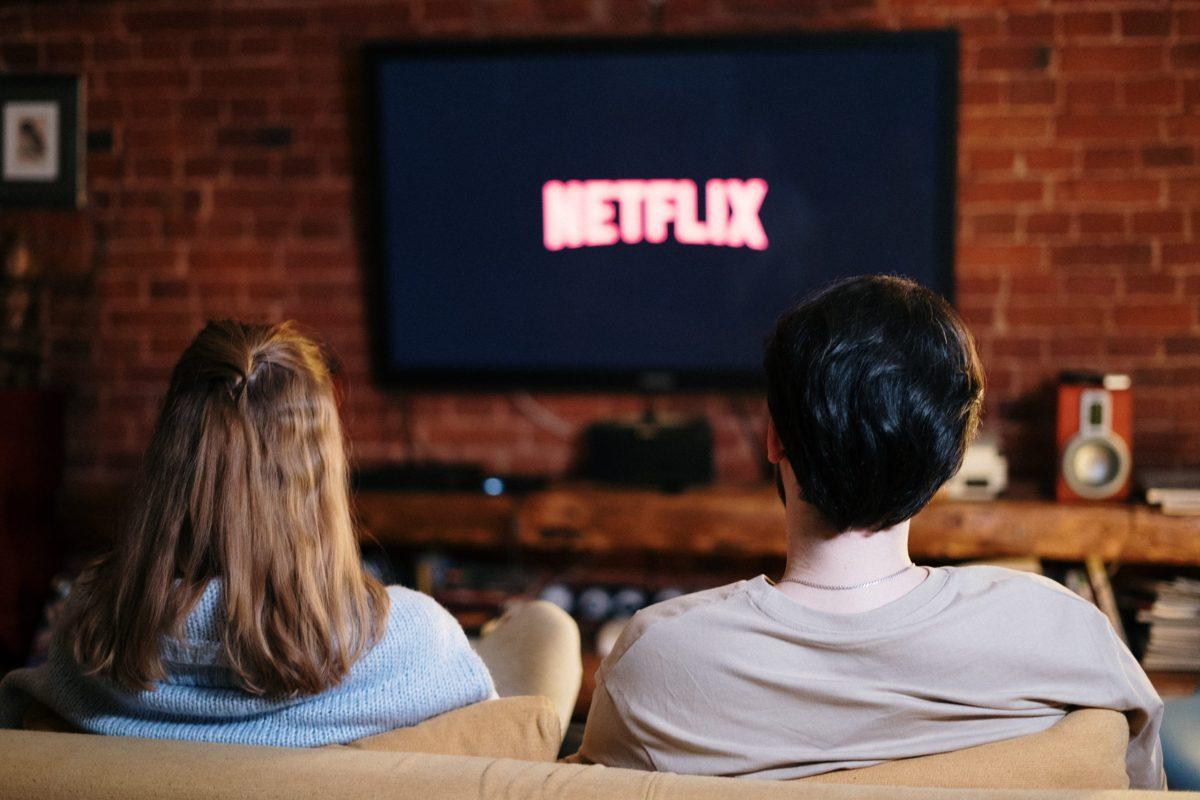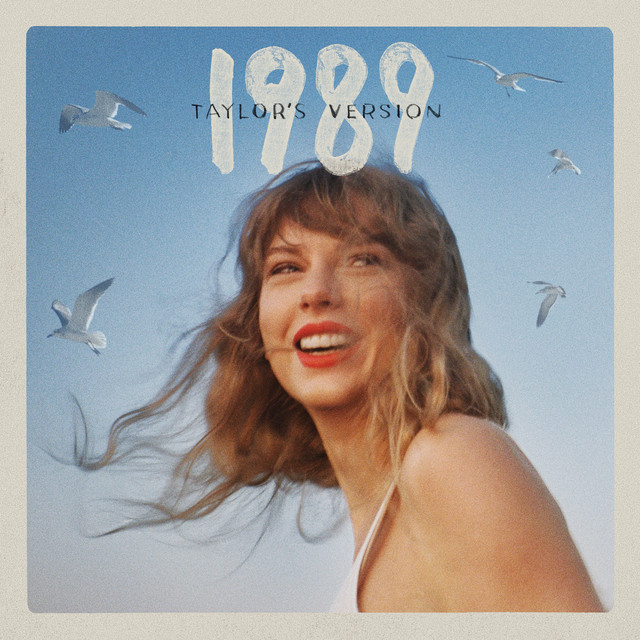In recent years, giant monster movies have become much more popular in Hollywood. Movies like “Pacific Rim,” “Godzilla” and “Ramage” have shown studio executives that there is money to be made in the genre. The release of the trailer for the upcoming “Godzilla vs Kong” has even mustered a surprisingly large and positive reception. Despite the recent popularity, the genre is not seen as high art. People who are excited to see a big gorilla punch a big lizard aren’t looking for a deep exploration of themes. There aren’t many giant monster movies considered to be classics. Far too often, they fall victim to the trappings of the genre. However, upon the mastery of a few key essentials, a monster movie has huge potential to reach success and push boundaries of the genre.
Oftentimes what makes an exceptional giant monster movie is a core theme at the center in which the fictional monsters that can properly the cultural and societal fears of the times. Frankenstein’s monster is representative of the fear of scientific advancements. On the same token, The Blob represented the growing power of communism and the Soviet Union. The original Godzilla represented the atomic bomb. When making a giant monster movie that stands the test of time, there should be a societal-level fear or problem being conveyed through the creature. One of the best examples of that is 2008’s “Cloverfield,” which captured the widespread terror and xenophobia following 9/11. The monster in that movie represented an outside threat bringing terror and violence to an American city. Through the characters and the found footage style, the audience could feel what it’s like to experience such a disaster. Although we may cringe at its core theme now, it remains that “Cloverfield” accurately depicted the fears at the time.
The biggest problem most people have with monster movies are poorly written characters. Oftentimes the audience will have to follow a bunch of bland, under-developed and cliché characters as they wait to see monsters smash buildings. The issue is that a movie needs human characters to serve as a point of view for the audience, yet at the same time people are paying to see the monsters. As a result, the characters are treated as a mere afterthought, existing purely to move the plot forward. Another common issue with character writing is that there are too many characters, forcing screen time to be divided amongst eight or so main characters as well as the monsters. All that results in no characters having enough time to develop. The decision to have tons of main characters is a financial one. The studio can hire several moderately well-known actors and give them all top billing, making it more likely the average person sees a couple faces they recognize. 2019’s “Godzilla: King of the Monsters” is a perfect example of that, as each scene has a different B-list actor explaining the plot.
It’s quite simple to solve the issue of character writing in monster movies: develop the monsters as characters. The monsters are what people are paying to see after all. Give the monsters a defined personality, show how they think and show how they chill. Frankly, the ideal monster movie would be a pseudo-nature documentary where you see how the giant monsters eat, sleep and reproduce. The 2005 remake of “King Kong” did this perfectly. Kong was a fully realized character with motivation, personality and stake in the story. Likewise, while “King Kong” had a large cast, the focus stayed on the main character Ann Darrow.
Probably one of the best monster movies in terms of character writing is “Pacific Rim.” The whole story is centered around the two leads and their ability to connect. In this instance, the monsters are simply obstacles to be overcome for the sake of character growth. In order to pilot the giant robot, the characters need to bridge each other’s minds and connect, which gives both a narrative and need for character growth. The writing is sharp as a tack.
To sum up things, in order to make a truly great giant monster movie, a core, relatable theme should be conveyed through the monsters, the cast should be kept small and focused and the monster should be developed as its own character. While it isn’t essential for every film of the genre to do all three, these three steps nonetheless serve a blueprint for success. Hopefully, the genre can someday move past the current stigmatization of just being about dull, dumb action with weak plot and shallow characters.


























